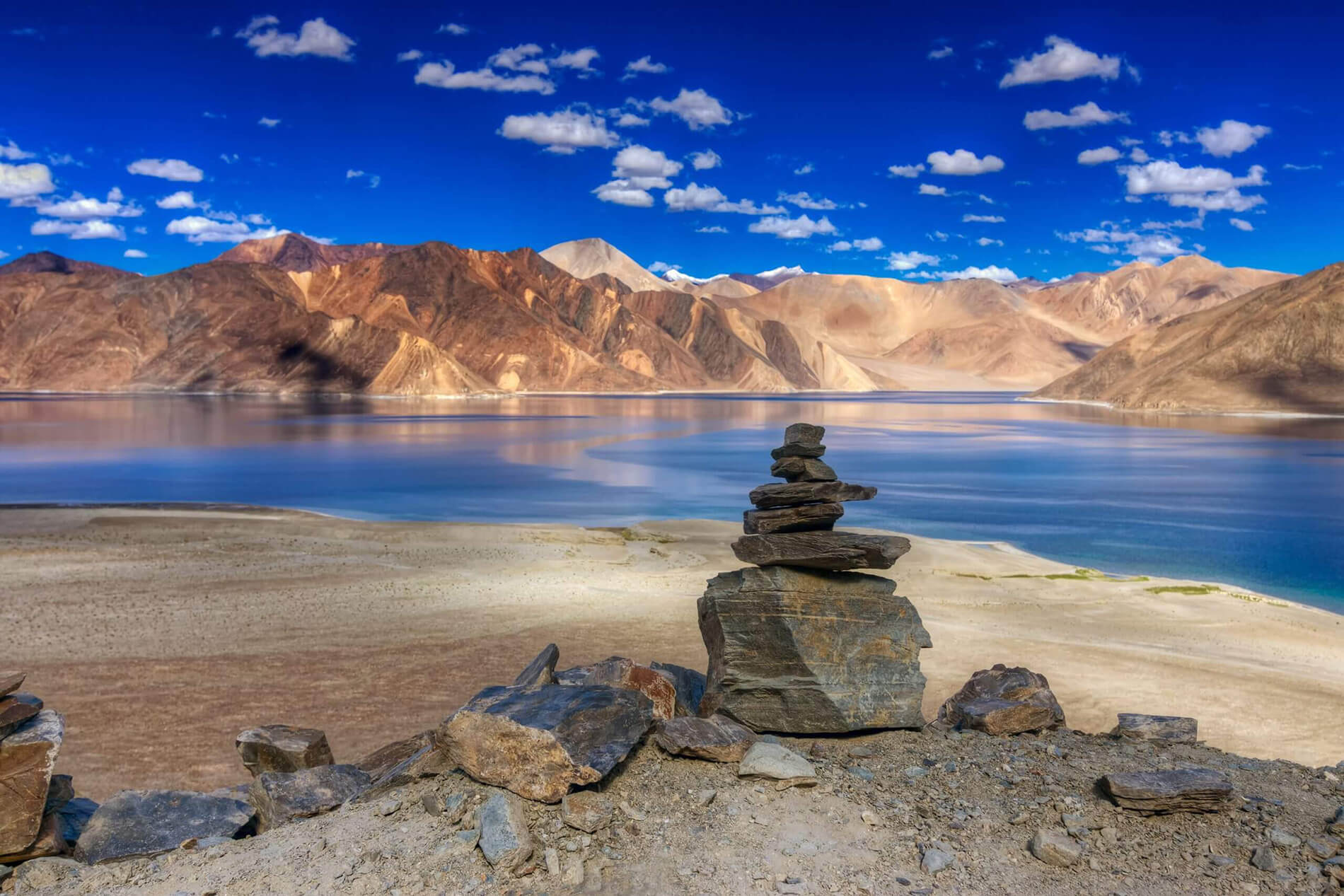
Crying Need for an Indian Bridge on Pangong Tso

Recent satellite images indicate advance preparation and commencement of construction for another bridge over Pangong Tso, which will be capable of sustained movement of armoured vehicles, mechanised infantry vehicles and other heavy vehicles. While some analysts believe that this is the second bridge, some argue that the first bridge was launched primarily to enable the Chinese to construct the second bridge – though this opinion that the first bridge is being constructed to facilitate the construction of second bridge was not really highlighted, either by any Government spokesperson or by any defence analyst when the first bridge was reported.
Whatever may be the real motive of the Chinese, the reality is that the Chinese will be able to create this infrastructure in the coming days, which will facilitate movement of their combat power from the Northern Bank to the Southern Bank and vice versa seamlessly. One may draw analytical satisfaction by deducing that it will now be difficult for us to surprise China from the Kailash Range like actions in future, as China will be able to mobilise its troops from garrisons/locations located on the Northern Bank to locations where they are needed on the Southern Bank of Pangong Tso. Since the new bridge is capable of carrying armoured and mechanised combat vehicles, Chinese may come up with a new garrison closer to the Southern Bank of Pangong Tso or permanent location of requisite troops, if required.
Is the construction of this heavy bridge across Pangong Tso only meant to offset the current disadvantages faced by China along with avoiding the actions similar to the events that took place at Kailash range or is it something more, which is being missed out? In the ensuing debate, many counter measures were suggested to destroy this bridge on Panging Tso, some of which are as under:
- Since the bridge is a static configuration and therefore its exact location will be available making it an easy target for the Air Force both by the conventional means as well as through use of the smart munition. How suitable is this location for IAF to target is a matter of detail and experts will find answers when needed. What will be quantum of munition which will be needed to destroy this bridge to make it not only unusable but also not repairable in war time conditions, will also need to be worked out by experts in due course of time.
- The bridge can be destroyed by standoff attacks using Precision Guided Munitions (PGMs). Again, its practical use and related details will be needed to be worked out.
- The bridge can also be damaged/destroyed for use by long range missiles/ other long-range vectors with related details again to be worked out by the experts as and when needed.
- With emerging technology drones can also be used to temporarily damage the bridge by concentrating munition at sensitive locations on the bridge or at areas closer to it, however, its feasibility and effectiveness will need to be looked into.
- There could be other means as well for the destructing/damaging this bridge which include use of water charges and/or through use of special forces (SF).
It will however be important to understand that Chinese will cater for adequate ground and air defence cover matching with the importance this bridge will deserve in any future conflict and therefore while suggesting the counter measures, their desirability as well as effectiveness will also need to be critically analysed.
What is more important to analyse is the hidden agenda of China, behind the construction of this bridge. While it certainly does address the concern of quick mobilisation of troops on Pangong Tso from Northern Bank to Southern Bank and vice versa, but the larger picture looks a little different and it is also beyond the establishment of a permanent garrison/ combat troops on the Southern Bank of Pangong Tso. What could it be? Is it for managing the current conflict on the LAC on which China is in an advantageous position and which may not move into a real conflict for certainty, or is it part of long-term vision of China to put its sovereignty markers in its occupied area of Aksai Chin, more so now closer to the current LAC? The latter thought appears to be more likely.
With approval of China’s Land Border Law on 23 October 21 and its implementation with effect from 01 January 22, China has already converted the territorial dispute into the sovereignty dispute and is currently in the process of establishment of sovereignty markers in a big way which includes establishment of model villages in areas claimed by India and creation of infrastructure much beyond their threat based needs, wherein the current bridge on the Pangong Tso is also one such effort as it defies its threat handling needs.
What should be done by India in this case? While own infrastructure is being developed in the border areas with requisite pace, there is a definite need to go beyond the suggested counter measure to negate the impact of the Chinese bridge. As highlighted, the hidden agenda of constructing this bridge is the establishment of additional sovereignty markers and therefore India too has to come up with its own sovereignty markers in all the border areas, but specifically on Pangong Tso as well.
Approximate 134 km long Pangong Tso is located in Tibet and Ladakh wherein approximately 40% belongs to India excluding the disputed buffer zone. In a nutshell, close to 50 km of length of this lake is under Indian control even as on date, balance being part of Indian claimed areas. While it is not practical to do much in the areas under Chinese control unless we win it militarily or through negotiations but there is no restriction on constructing a bridge on own side capable of movement of armoured, mechanised vehicles and other vehicles as has been done by China. Such an effort will facilitate an effective sovereignty marker on the Pangong Tso and ensure its continued possession with our country even in all future negotiations as well.
With depth of the lake largely limited to close to 100 mtrs and requisite technical and capacity expertise available with Border Roads Organisation (BRO), the task of constructing this bridge along with appropriate classification roads to connect both its ends must be assigned to it without any further delay. BRO has already demonstrated its capacity in creation and building of tunnels, roads and bridges in the high-altitude border areas. There is a need to task BRO for the said bridge whose location can be operationally vetted by the concerned authorities responsible for the same but it should be as close to our area of current control as possible, subject to validation of operational parameters.
Undoubtedly, there is a crying need of a bridge on Pangong Tso by India given the long-term planning of the Dragon, as only a long-term vision can negate the Chinese game plan. Once this bridge is constructed, India must attempt to settle own population in these areas so that dual use can be made of the infrastructure being built. Creating the military infrastructure alone without multiple use option is not the way forward for a country like ours needing huge financial support to handle its national challenges. Whatever be the case, absence of sovereignty markers on Pangong Tso may be catastrophic.
*************
Disclaimer
The opinions expressed in this article are the author’s own and do not reflect the views of Chanakya Forum. All information provided in this article including timeliness, completeness, accuracy, suitability or validity of information referenced therein, is the sole responsibility of the author. www.chanakyaforum.com does not assume any responsibility for the same.
Chanakya Forum is now on . Click here to join our channel (@ChanakyaForum) and stay updated with the latest headlines and articles.
Important
We work round the clock to bring you the finest articles and updates from around the world. There is a team that works tirelessly to ensure that you have a seamless reading experience. But all this costs money. Please support us so that we keep doing what we do best. Happy Reading
Support Us





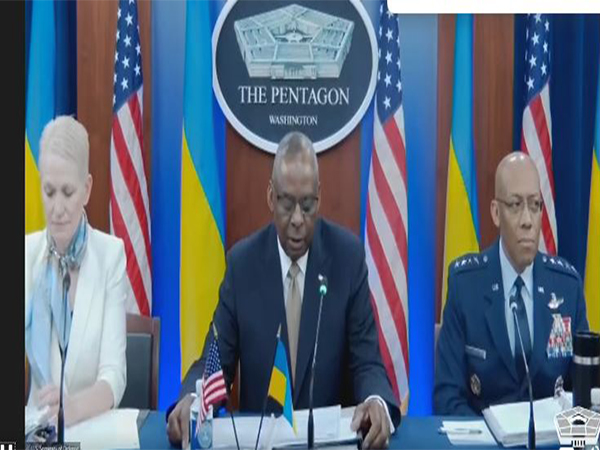
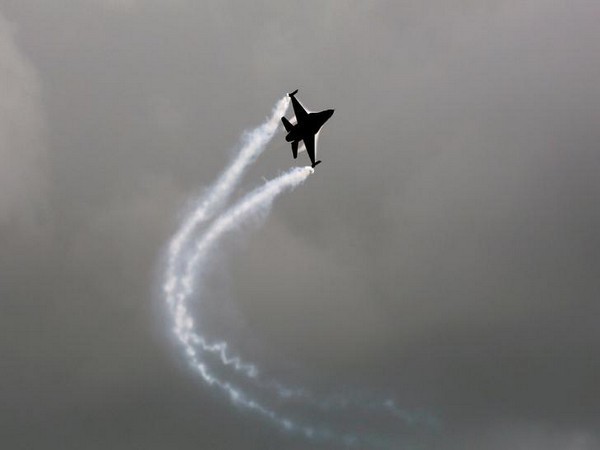

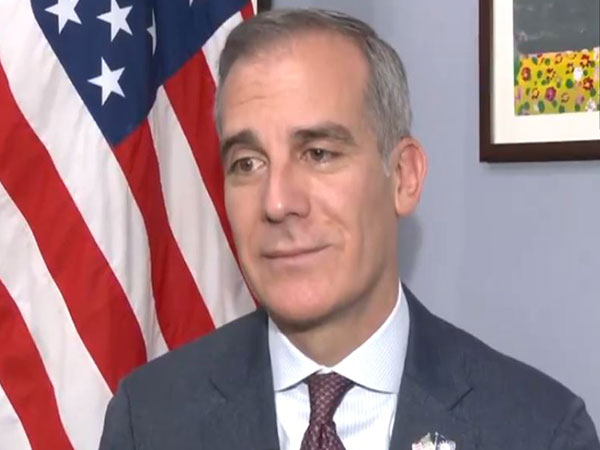
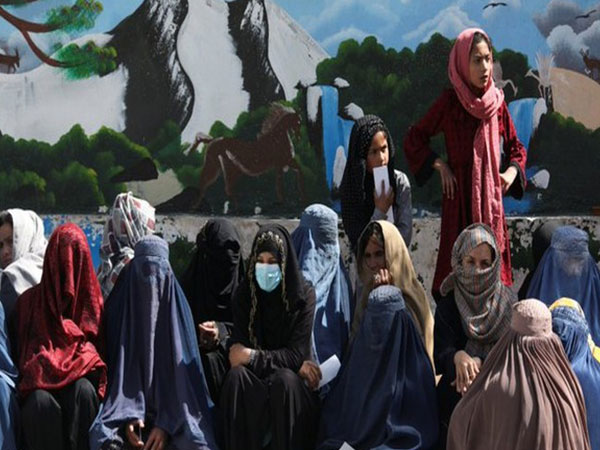

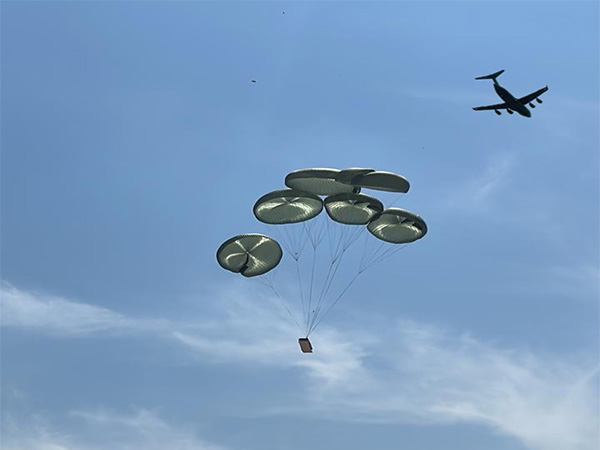
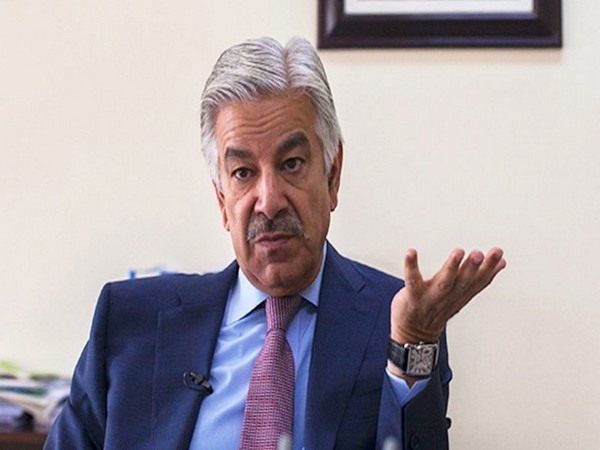
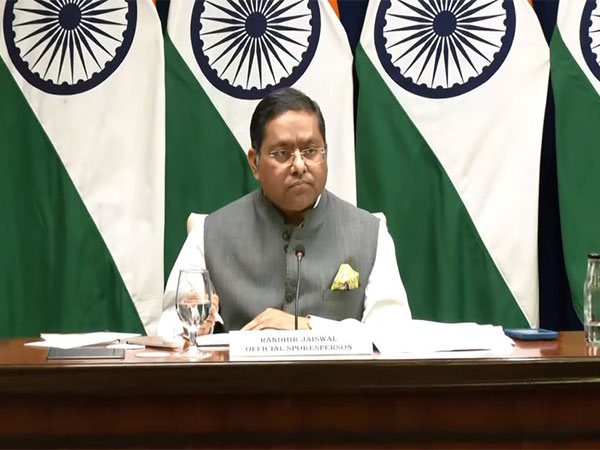







POST COMMENTS (2)
Kalidan Singh
Col R N SINGH (Retd)